What Is a Convertible Car? Pros, Cons, Types & FAQ
-
Pete Ortiz
- Last updated:
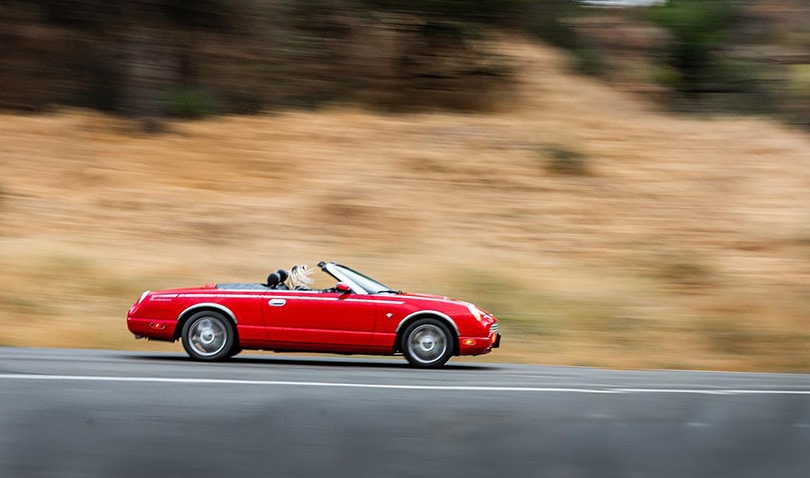
Nothing beats the thrill that comes with driving in the summer with the roof down. Convertible cars, just as beautiful as they often look, are the true essence of luxury and style—nobody needs them, but so many people want them. But what is a convertible car to begin with?
A convertible car is a saloon type of car whose roof can be folded down or removed. It lets you drive with an open-air experience when the mood is good and with a roof when the weather calls for it. Depending on the manufacturers and the country, convertible cars could bear different names and small differences in design but the basic functioning remains the same. They are also called cabriolets, soft tops, open tops, roadsters, or drophead coupes.
Besides making your evening drives feel extra special, convertibles help you create the most beautiful memories you’d never wish to forget. But how much do you know about these cars? We will explain everything you’d want to know about them in this article. Buckle up and ride with us.
How Do Convertible Cars Work?
Convertibles are designed to make you feel in touch with both the landscape and the road; that’s why the roofs can fold and unfold like a work of magic. But do you have any idea how they work?
To get a full understanding, we will explain them based on the two types of convertible car roofs.
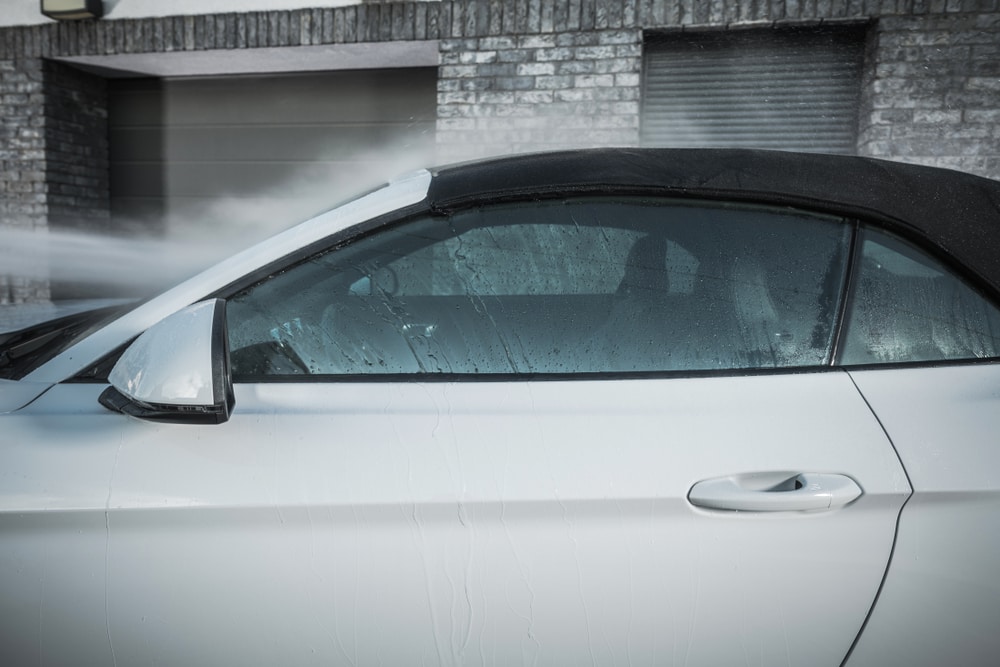
Hardtops
Over the years of advancing technology, convertibles have evolved in terms of their look and roof-folding. Hardtops didn’t become popular until just recently. Nowadays, all convertible car tops are made of vinyl or canvas and have steel, plastic, or aluminum frames that support them.
Hardtop convertibles work under an electric retraction mechanism that folds the frame, which is commonly known as the power top. When the driver pushes a retraction button, some motors, cylinders, and hydraulic pumps work together to separate the roof into panels. The hardtop consequently goes up and will reattach when the button is pressed once again.
In manual setups, the driver has to detach the top latches from the windscreen manually before pushing the hardtop down. To reattach it, he/she must pull it up and fasten the latches to the windscreen by hand as well.
Soft Tops
As the name suggests, the roofs of soft-top convertibles are made of fabric; they could be either nylon or PVC. They weigh less compared to hardtops, making them a great choice for automakers that design light cars.
They work using the same mechanism as convertible hardtops, except it’s easier to store the fabric owing to their flexibility. If they don’t open electrically, the driver will have to open and close the roof by hand, just like in manual hardtops.
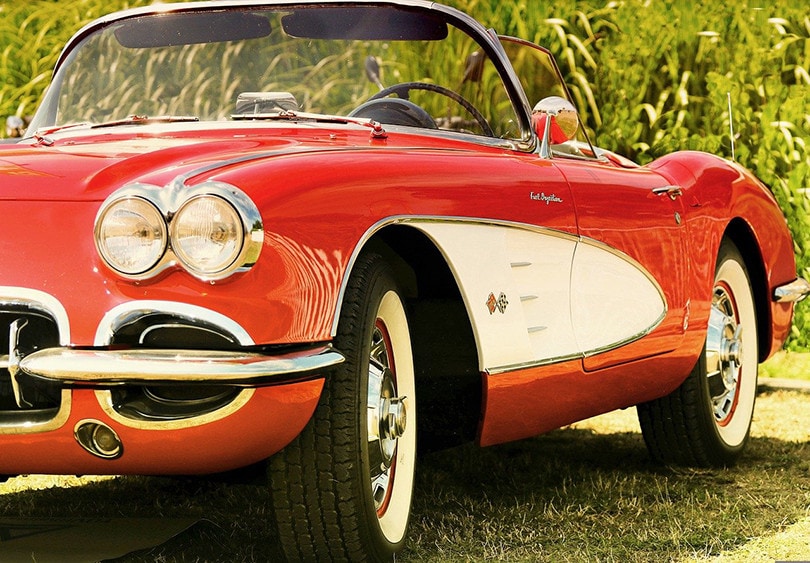
Which Is Better: A Soft Top or a Hardtop Convertible?
If you have been spending your nights staring at the sky till it’s late, wondering which type of convertible is better for you, we’ve got you.
The two types of convertibles have their fair share of benefits and challenges. Perhaps you want a car that guarantees security or one that protects against moisture and engine sound to a greater degree. In that case, you should go for a hardtop convertible.
Besides boasting of tighter seals, hardtops are perfectly insulated to allow the vehicle to drive faster without much change in the interior temperatures. Their roofs also guard against thieves since they can’t be slashed open as is the case with soft top roofs.
The challenge appears when it comes to pricing – and that’s when soft tops take the day. Soft tops tend to cost less than hardtops; their folding materials and mechanisms are definitely not as durable and high-end.
Also, soft tops take up less space in the back and therefore offer a practical advantage in open-air views. Most owners prefer them because they are lighter and more stylish as well. In fact, you’ll find manufacturers and dealers offering them in multiple colors that either contrast or match the car’s bodywork.
Overall, hardtop convertibles are better depending on other features of the car.
Types of Convertible Cars
When classifying convertible cars, the factors that are often considered are the type of roof (soft or hard top), the engine, the comfort, and the seating configuration.
- Sports Car or Two-Seater: When most people hear about convertible cars, two-seater convertibles are what probably come into mind. These types of convertibles feature two seats, rear-wheel drive, and a fabric roof that folds. They are fun to drive and can be found in the cheaper end of the convertible cars market. The Mazda MX-5, world’s best-selling convertible car, is an example of a two-seater convertible.
- Seater or Four-Seater: The 2+2 variety of convertibles is known as 4-seater vehicles. While other cars like the Volkswagen Golf come with a metal roof, most 4-seater convertibles come with a fabric roof that’s compactly stowed at the rear to provide more room for the backseat passengers. Some examples include the BMW M3, Vauxhall Cascada, Audi A5, and Audi A3.
- Cruiser: Whereas convertibles are typically made to drive like they are flying, cruisers are quite a different breed – they are designed to let you drive at a relaxed speed. To add more luxury to the existing comfort, they let you sit far back and enjoy the landscape view as the world goes by. This type of convertible cars offer the most enjoyable experiences while caring about your pocket. The Ford Mustang convertible and BMW 6-Series convertible cars are among the popular examples of cruisers.
- The Supercar: The Supercar definition is vague at best, but it fetches its name from the typical supercars that every kid is always obsessed with – except for the foldable roof. Most convertible supercars have soft-top roofs and come with varying engine configurations. Some of the convertible cars that qualify to be called Supercars, just to scratch the surface, including the Audi R8 Spyder and Lamborghini Gallardo or Huracan.
- The Folding Hardtop: When compared to other vehicles, it would be safe to say cars with a folding hardtop are just regular cars, but with a special type of roof. However, considering their other features, they fit in the class of convertible cars just perfectly. Among the vehicles that popularized folding hardtop designs were the Mercedes-Benz SLK, Volkswagen Eos, and Peugeot 206 CC. Folding hardtop cars guarantee better security and refinement, but on the negative side, they add weight and complexity while taking up more space. In most cases also, their roofs cannot retract when the car is in motion.
- Fabric Sunroof: Cars with a fabric sunroof are not entirely convertible, but still, they offer an open-air experience. They use a simple mechanism to fold the roof without taking up much space. Compared to other types of convertible cars, fabric sunroof cars are relatively affordable.
- The Luxury Choice: As the name suggests, this type of convertible car features a luxurious interior while still offering an exquisite open-top experience. They come with easily foldable fabric roofs. Thanks to their prices, there are only a handful of them available in the world. The Mercedes-Benz S-Class, Rolls-Royce Dawn, and Bentley Continental GTC convertibles are some examples of these high-end cars.

The Cons of a Convertible Car
Owning a convertible car isn’t only about driving with the roof down and the breeze on your skin. There are advantages, but let’s start with the downside:
- Noise: Even after folding the roof, the noise inside a convertible car will be more than in a regular car. It’s no secret that the passenger and the driver may strain while conversing, especially when they are traveling at high speeds. When the roof is pulled down, the wind may also blow so hard that it may be difficult to listen to music. You should purchase an electric convertible car if noise is your most irritating disturbance in a car.
- Security: You qualify as an easy prey to thugs and robbers if you own a convertible car, especially a soft-top one. Unlike regular cars, convertibles aren’t theft-proof and will consequently require you to implement extra security measures.
- Small Boot Space: If you are accustomed to spending your long holidays soaking the sun in distant destinations, perhaps you’ll need a car with a more spacious boot to store your stuff. The extra machinery and roofs of convertible cars take up the extra storage space you’d need for a boot. So, unless you aren’t planning to unfold the roof, you’ll not have a storage space.
- Sun-Wear and Leaks: Although it may not hit you at first, you have to consider the effect of the sun’s exposure to your skin, the dashboard, and the upholstery. Too much sunlight will not only make your car look too old but also affect its depreciation rate more rapidly. In addition, roof leakages become a normal thing in convertibles as time goes by. Nobody wants to get rained on like in motorbikes, so, you must brace up for it especially if you are buying a second-hand convertible car. Whereas the vehicle manufacturing industry provides options for upgrading and maintenance, it’s essential to consider and approximate the costs first.
- Price: When compared to their unfoldable-roof cousins, convertible cars tend to cost more by around $5,000. This is because the manufacturers add extra machinery that allows the roof to retract without affecting the car’s weight. Also, considering the rate at which car technology is advancing, the prices aren’t falling anytime soon.
Pros of Convertible Cars
- Style: As we mentioned before, owning a convertible isn’t just a symbol of status but also style. While it is most people’s dream to enjoy the summer with the roof rolled down, only a small percentage of the population can afford to dare. What’s more, modern vehicles let you do so simply by pressing a button. It’s no lie that everybody turns to look when a convertible car drives past them.
- Landscape View: There’s nothing nicer about cars than driving with a clear view of your surroundings – cyclists can only dream of it. Once you ride in a convertible, it becomes unimaginable how other drivers manage to drive with a roof over their heads. Add a raised radio volume and rays of the evening sunshine striking on your face, and you are already in heaven.
- Sit More Comfortably: Most tall drivers struggle to sit comfortably on their seats because the cabins of smaller cars are short. In coupes and sports cars, the driving experience is better in the convertible models than regular cars. If you admire a short car, you’d better go for its convertible cousin because it offers the flexibility of taking the roof away.
- Versatility: Without a doubt, convertible cars are the real game-changer. They put you a button away from driving the way you like. Remember, you aren’t stuck in between. Want to take off the roof? You are welcome. The weather changed, and you want to unfold the roof? Here we go.
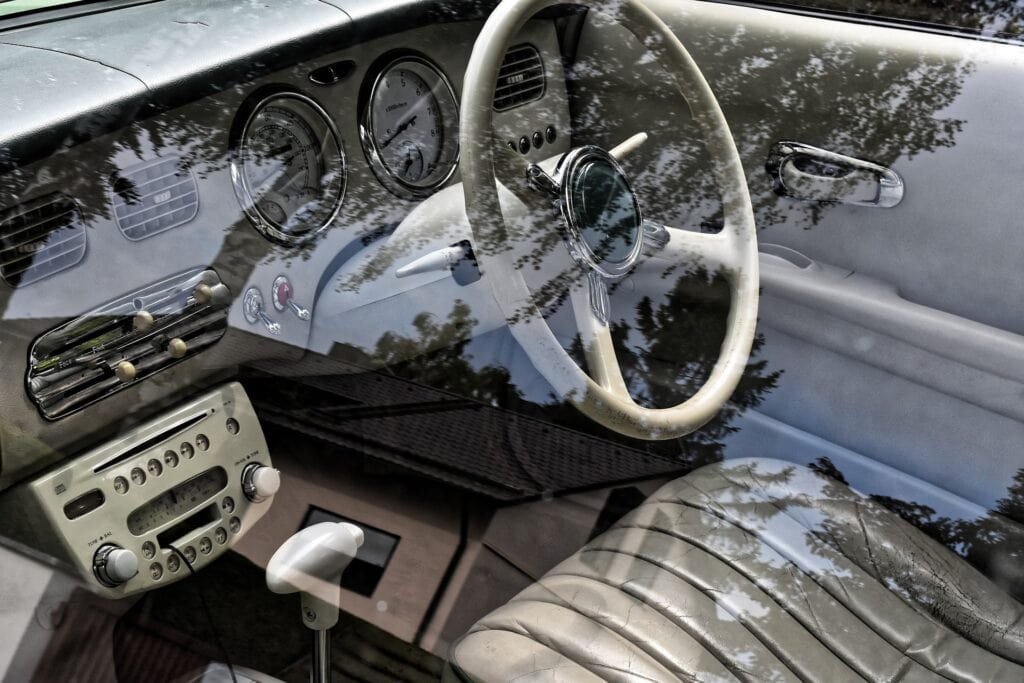
Important Things to Consider Before Buying a Convertible
1. Size
Convertible cars aren’t entirely designed to match your work-life balance perfectly. Unlike wagons, SUVs, and grand tourers, they don’t have much room for luggage and so, they require you to pack lightly even on longer trips. They can’t even let you go with a Christmas tree.
Therefore, it’s crucial to consider the trunk size first. In most situations, soft -top, four-seat luxury model convertibles will have a more spacious storage space.
2. Price

Does it cost too much to run?
While it’s common knowledge that sports cars always cost a fortune to own, it’s easier to guess how much convertible cars cost to run. Everything about them is quite expensive – the car cost, insurance costs, maintenance costs, and the fuel economy.
3. Engine Size
It’s essential to consider a convertible that uses a gas-powered engine. We will show you why.
Due to the stiffer suspension of roofless cars, more engine noise always gets into the cabin. For that reason, it’s better if your car had a gasoline rather than diesel engine, because diesel engines add more purring and vibrations into the car.
4. Car Safety

Like motorcycles, driving on convertibles may offer a thrilling experience, but at a bigger cost of risk. It’s not guaranteed that the installed rollover protection structures (ROPS) will save you in case an accident occurs.
Whereas modern vehicles come with strengthened windshield pillars that instantly activate when pyrotechnic sensors detect rolling, you’ll find that such models are quite expensive.
5. Type of Roof
You’ll either get a soft top or hardtop convertible. While the modern era of technology has brought about improved operation and design, both options have their pros and cons. For that reason, it’s important to know which roof type will best suit you before deciding to buy one.
In our previous section, we concluded that hardtops are the better option. Although they cost more, they always win in other aspects when compared to soft tops.
 Frequently Asked Questions: Convertible FAQs
Frequently Asked Questions: Convertible FAQs
Can you repair a convertible car once broken?
Sure, a broken convertible is repairable. However, the repairing process may vary from one car to another based on the material used to make the convertible top. The material also determines if the top will need replacement or refinishing.
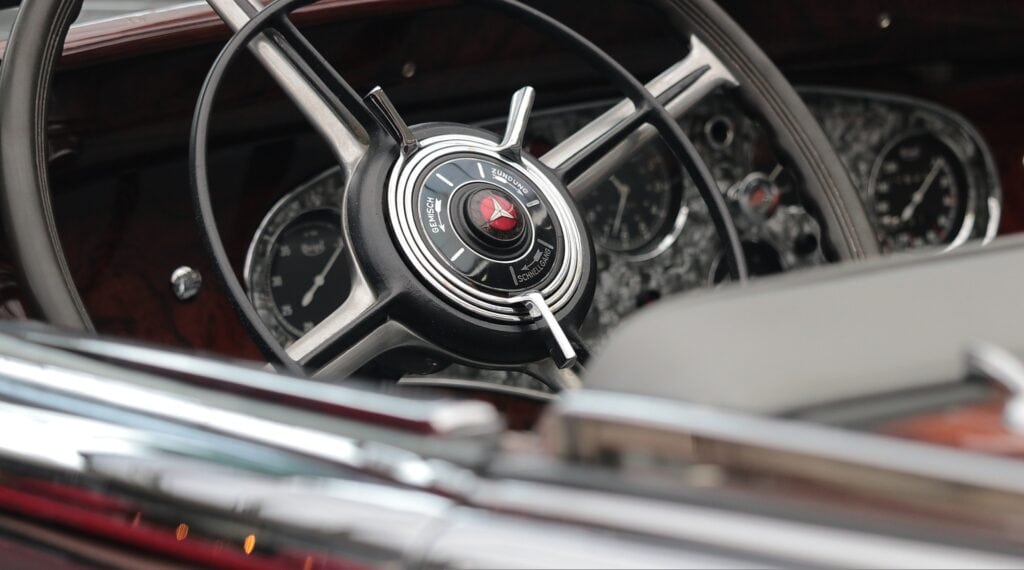
How often does a convertible need to be replaced?
Even with regular and proper maintenance, you’ll have to replace your convertible top at one point. However, it could take between 5–9 years before it needs replacement. But again, that’s just the average lifespan – some cars will take more or less time.
Can excessive heat damage a convertible top?
Yes, excessive sunlight can do a number to your convertible top, especially if it’s a soft top. Besides causing a cracking effect on the top, the sun’s UV rays may take a toll on the dashboard components and make your car look older.

What about rain? Can it affect my convertible car?
Of course, yes! Plain humidity or moisture from the rain can cause a peeling or cracking effect on the convertible top, resulting in a dewy and moldy windshield.
You only get lucky if you reside in a warm area. Otherwise, you’ll be tasked with the role of drying moisture off and clearing any wetness.
Can any car be a convertible?
Yes. For a price, automakers can design and sell convertible cars from the regular models. However, more focus is put on the “put-down” rather than the “put-on” when doing the conversion.
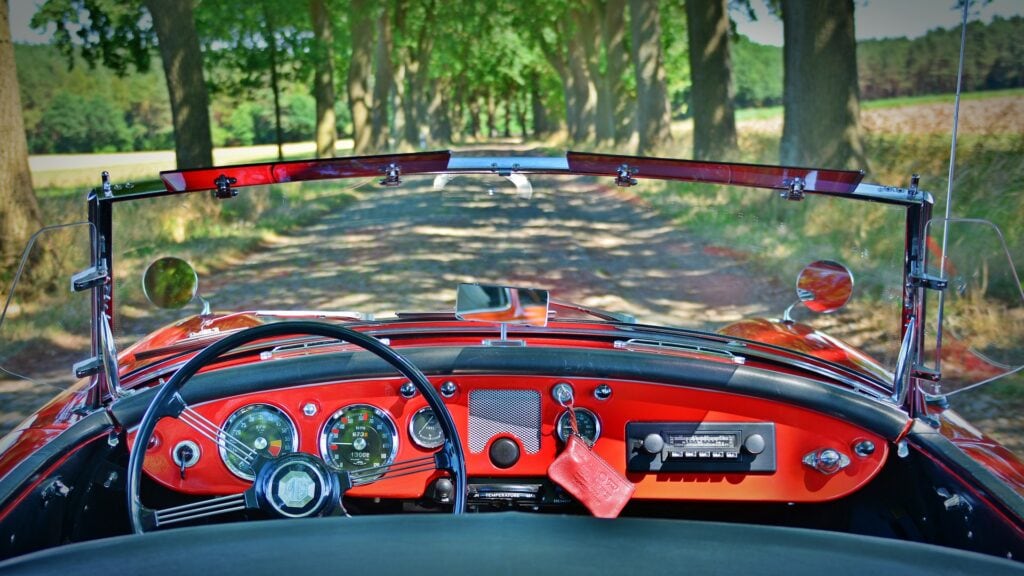
Are convertibles carwash-friendly?
Most convertibles can be washed in local car wash centers. They have a rigid frame that handles going up and down up to 30 mph, meaning it can manage a car wash brush. In addition, all cars are checked during testing to ensure they are water-tight.
Final Verdict
If you love cars, there’s no doubt that you dream of cruising around under a folded roof one day. The feeling of soaking up the sunshine and the air while driving sounds unreal, yet it is real. You are only a convertible car drive away from it!
Featured Image Credit: tyler_clemmensen, Pixabay
Contents


 Frequently Asked Questions: Convertible FAQs
Frequently Asked Questions: Convertible FAQs